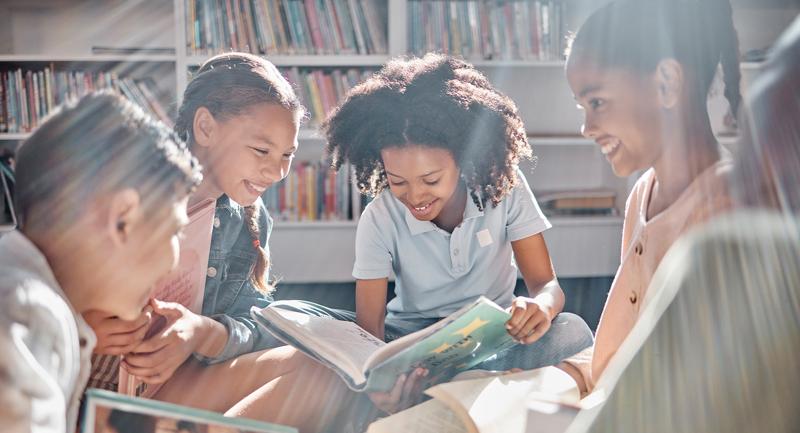Transitions are tricky. When my son wakes up from a nap, if I rush to take him from his crib or if I enter his room loudly, he becomes agitated, and it takes longer to get him ready for the rest of the day. If I walk into his room slowly and talk softly to him, he has time to transition from sleep to wakefulness peacefully and willingly. Needless to say, I had to learn the importance of transitions in the classroom over time and on my own. When a colleague comes at you quickly with a request while you were working on something else, you need time to get your schemata to adjust to the new request.
My son's behavior reminds me of my students. When I was a classroom teacher, I began the period as soon as the bell rang with an activity to grab their attention and set the stage for Spanish. I only had 50 minutes with my students, so I wanted every minute to count. However, over time, I began to notice that students were not moving as quickly as I had expected into the warm-up activity. These students were well-behaved, and tt wasn't that the activity lacked engagement, it was that they wanted to talk with their friends or organize their belongings instead of dive into my well-planned activity. I saw precious time lost and found myself exhausted by my continued effort to police them. I knew that I had to change something without sacrificing my expectations of work.
As a researcher and data geek, I started taking notes about what the students did instead of starting my activity, and I discovered that they were talking about their lives. This made perfect sense—they were high school students who hadn't seen their friends "all day" and needed to catch up on what they missed since the last text message 30 seconds ago. Instead of trying to conform their behavior to my expectations, I adapted to theirs. I haven't regretted that decision. Some would think that I "gave in," but it was a win-win for me. Every day, as soon as the bell rings, I start my five-minute timer and students talk in Spanish. Not only were my students speaking Spanish, but I also had more energy and time to focus on their language instead of redirecting an activity.
Yes, we had to learn some rejoinders and common phrases, but students were using their Spanish language "survival tips" of using words they did know to explain what word they didn't know. Students were speaking Spanish using conversational vocabulary, which is the most useful. I found that they would recycle words from prior lessons to talk about their daily lives. This brief, five-minute transition time allowed students to shift into the mind-set of being in a Spanish class and allowed me to build deeper relationships with students, by joining in these discussions, as appropriate. When the timer rang to end the transition, students were thinking about Spanish and ready to start the main lesson for the class.
For those students who didn't have someone to talk to, the class agenda was projected on the whiteboard, and they could take the time to prepare for the activities. This plan of activity was another "a-ha!" moment for me. I was trained to plan lessons, not share them with students. I believed that students should always be on their toes, waiting for your next move. However, when I observed my colleagues's classes from beginning to end for graduate work, I found myself asking, "What is this lesson about?" and "How does it relate to what the students learned yesterday?"
This experience caused me to reflect on my own classroom. What if I were Sally Student, and I walked in late to class or missed class yesterday—would I be lost, too? Now, I use Moodle to project my daily class objectives and activities on the whiteboard for students. This was another transition piece that I didn't realize that students would need or even want. I was wrong. In my end-of-year surveys, students commented that the shared plan provided context to help them prepare for the lesson and on see when natural transitions would occur.
As a teacher, my world revolved around my students and Spanish. From the beginning of class until the end, I was engulfed in their progress toward the ultimate goal—a love of learning Spanish. However, I had to step back and analyze my classroom from the eyes of students. They were my audience and priority: why wasn't I listening to what they wanted? Instead of getting caught up in the everyday pile on our plates, teachers must focus on students' needs. Take a moment to reflect before transitioning your class to its next task.







